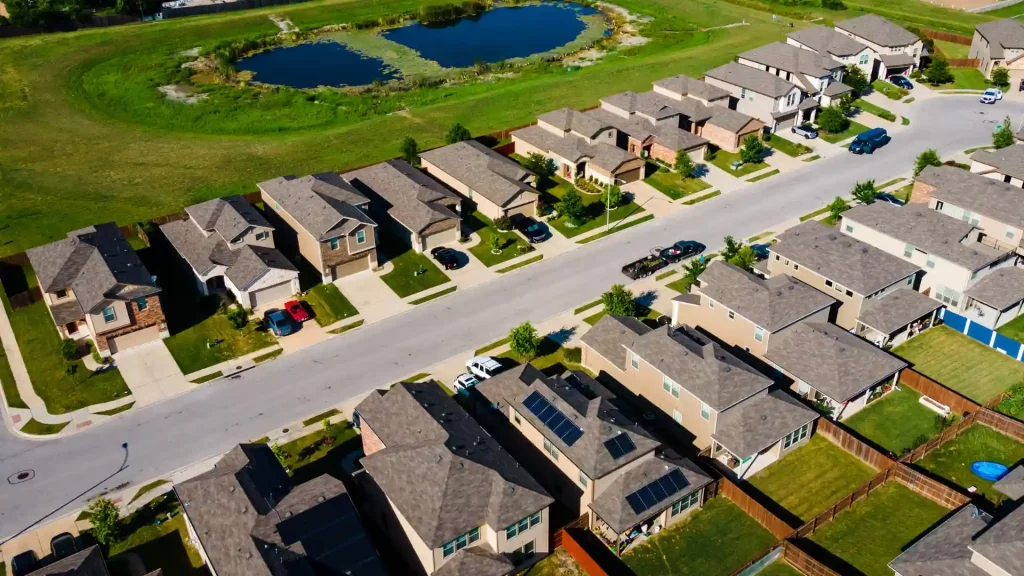The annual consumer prices have substantially cooled down from a high of 9.1% in June 2022. In December 2022, the CPI surged by 3.4%, and in the next 12 months, it increased at a smaller rate of 3.1%.
Housing rents soared significantly, boosting the US consumer prices higher than what was estimated for January. However, the rise in inflation wasn’t substantial enough to let the Federal Reserve begin reducing interest rates in the first two quarters of this year.
The Labor Department reported on Tuesday that the biggest hike in prices in the last four months came from the strong foundation built by the strength of the labour market and economic resilience. There are complaints of miscalculation regarding wrongful adjustments of data for seasonal fluctuations, which resulted in artificially enhanced inflation figures.
As per the data from the Bureau of Labor Statistics (BLS) under the Labor Department, the Consumer Price Index (CPI) surged by 0.3% in January after rising by 0.2% last December. Housing accounts for two-thirds of the rise in CPI.
Several reports published last week, which used the CPI data from January, presented data showing that the share of shelter has increased with the reduction of new and used cars. They noted that companies try to inflate prices at the start of the year; this was proven by the increase in prices of medical care services and tobacco products.
Seema Shah, chief global strategist at Principal Asset Management said that these data are unlikely to please the markets or the Fed, jumping to the conclusion of a revival of inflation is not a viable notion to be adopted as of now. A rate reduction next month is completely off the books. However, May could see some tweaks if the economic activity heats up and moves towards the targets of the Fed’s tightening.
Inflation in food prices rose 0.4%, and prices of groceries went up by 0.4%, fueled further by an increase in sugar and sweets besides higher fats and oils. Prices of fruits and vegetables increased by 0.4%, and non-alcoholic beverages surged by 1.2%.
On the other hand, the price of gasoline tanked by 3.3%. Even cereals and bakery products recorded a price reduction. Meat, fish, and eggs maintained previous levels with no significant change.
The annual consumer prices have substantially cooled down from a high of 9.1% in June 2022. In December 2022, the CPI surged by 3.4%, and in the next 12 months, it increased at a smaller rate of 3.1%.
Annual forecast alteration of the CPI data published last week seemed heterogeneous. However, they presented that inflation has started on a downward trajectory after peaking in mid-2022. The BLS amended its seasonal metrics, which were used to remove temporary alterations from data calculation.
After the CPI data release, Wall Street has revised its expectations of a rate cut to June instead of May. S&P, DJI & Nasdaq opened at a discount, and the USD soared against major currencies; the US Treasury was also down.
Core Inflation
The CPI increased by 0.4% last month after a 0.35 increment a month earlier. The core CPI was boosted by an increase in housing after rising 0.4% in December.
Rental inflation has been at a higher ground even after hearsay notes hinting that rent asking prices were going down. The share of rent in CPI struggles to match up with independent indexes for several months. Economists expect that rents will lead inflation to cool down, as there are huge amounts of houses under construction.
The core CPI increased 3.9% on a YoY basis in January, equivalent to the increase registered in December. The inflation reduction measures have yielded progress but there is a foreseeable problem of supply chain issues due to the Red Sea attacks on cargo vessels and drought in the Panama Canal.
The Fed’s target of a 2% inflation seems achievable despite consumer prices maintaining higher levels. The increase in personal consumption expenditures (PCE) price index decreased to an annualised rate of 1.7% in Q4 from a high of 2.6% in Q2.
